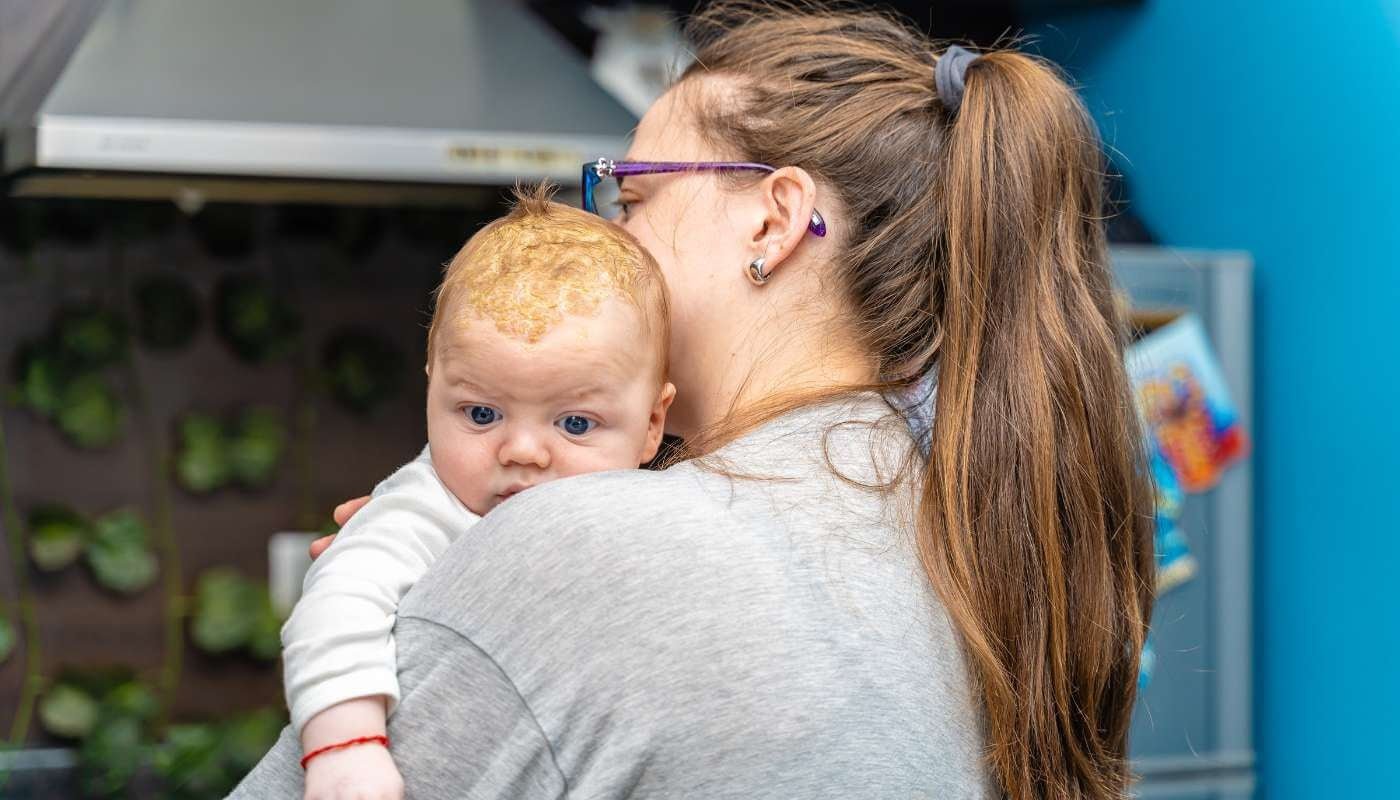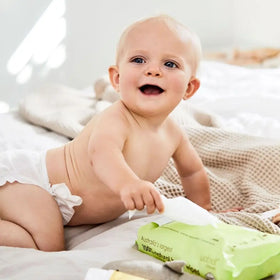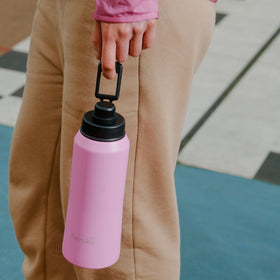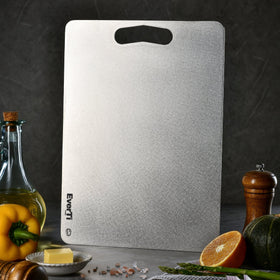
The Complete Beginner's Guide to Cradle Cap
What is cradle cap?
Cradle cap is a form of dermatitis affecting babies in their first few months of life. It looks like a bad case of dandruff or psoriasis - it's in fact a form of seborrhoeic dermatitis that shows up as a greasy, scaly yellow crust on the scalp. Cradle cap is not usually itchy and does not bother your child. Mild cases of cradle cap are extremely common. Cradle cap usually occurs in newborn babies. After around six months, babies grow out of cradle cap and don't seem to get it again.

What causes cradle cap?
The medical community doesn't actually agree on what causes cradle cap. It's not a bacterial infection, it's not an allergy and it's not a result of poor hygiene. It is an inflammatory condition, which may be a fungal infection or overactive sebaceous glands. A fungal infection may have occurred if mother or child received a dose of antibiotics just before or after birth. Antibiotics will destroy both the bad and the good bacteria - the friendly bacteria being the kind that help keep fungal infections at bay. Overactive sebaceous glands are the result of the mother's hormones remaining in the baby's body after birth. Babies in utero are surrounded by amniotic fluid and active sebaceous glands are what keep their skin waterproof. After birth, if your baby is producing too much sebum, old skin cells will stick to the scalp instead of drying and falling off.
How to treat cradle cap
Mild cases of cradle cap usually fixes itself within 6-12 months, so you don't really need to do anything. But there are a few things you can try to help normalise the sebaceous glands and keep fungal infections at bay.
- Loosen the scales by gently massaging your baby's scalp using your fingers or a soft brush and a baby friendly massage oil. You could also make your own using baby friendly oils such as sweet almond oil or olive oil.
- Shampoo more frequently using a natural baby shampoo that will not upset the natural balance by stripping your baby of their natural protective oils.
- Try healing balms for skin conditions such as eczema, something like this organic baby balm from Hello, Charlie! that you'd use on nappy rash.
- Coconut oil is a natural and non-toxic product you'll find in your pantry and on the supermarket shelf - its anti-fungal properties make it ideal for treating the potential cause of cradle cap and not just the symptoms. It is solid but will soften gently in your hands, no need to heat it up before use.
Another theory is a deficiency in B-vitamins or Biotin. Pregnant mothers can sometimes become deficient in biotin, and supplementing nursing mothers is thought to help treat cradle cap. It's not uncommon for cradle cap to spread to the eyebrows or behind the ears, but see your doctor if the condition becomes inflamed or starts to spread to other areas of the baby's face and body or whether fungal conditions like thrush develop.
How to prevent cradle cap
As it's not known what exactly causes cradle cap, prevention is really a best effort scenario.
- Regular washing with a natural, pH neutral baby shampoo and lightly massaging will help keep cradle cap at bay.
- Good gut health whilst your baby is in the womb and whilst breastfeeding is another way to prevent fungal infections from taking hold. Take probiotics or eat probiotic food to promote good bacteria.
- Biotin or B-complex vitamins to counter any Vitamin-B and biotin deficiencies.










